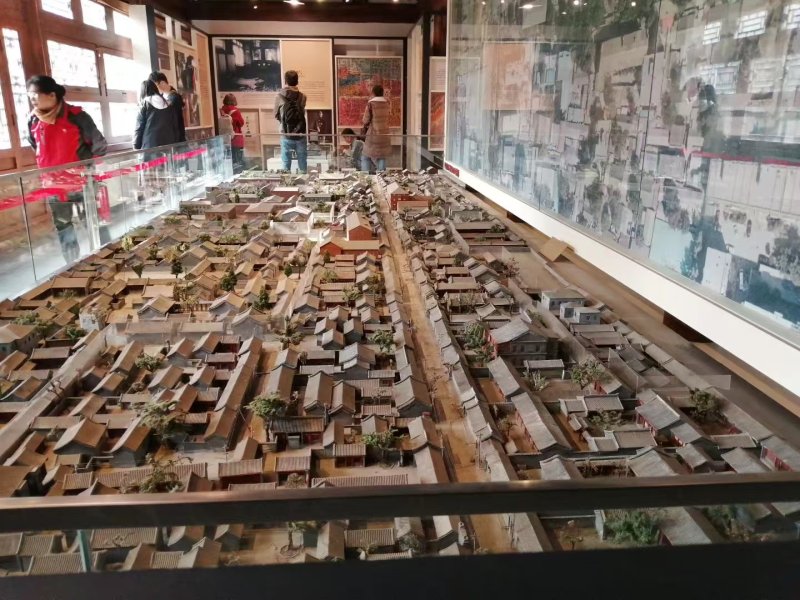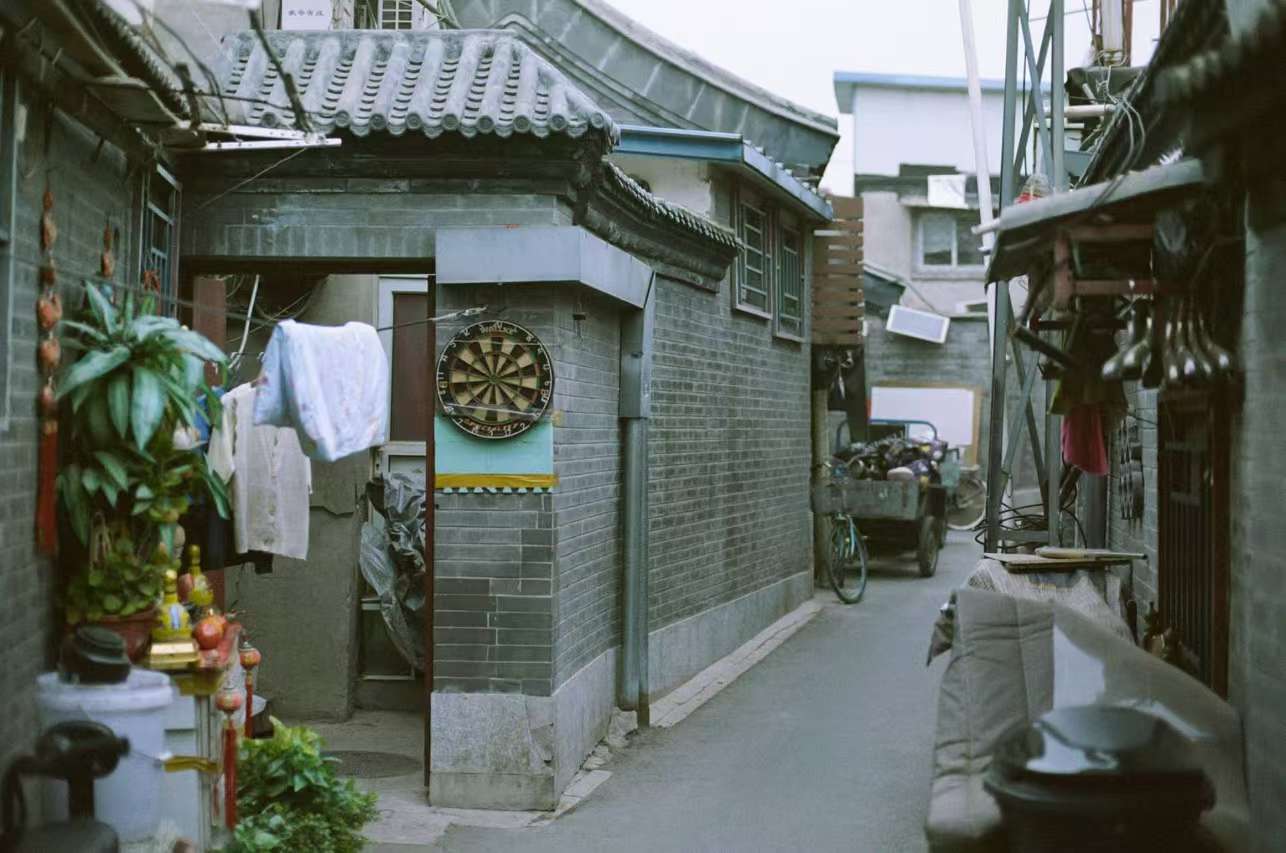
Ever puzzled why hutongs are known as hutongs, and never, simply plain previous alley or lane? Properly, if any 胡同串子 hútong chuànzi (hutong wanderer) amongst you have got been to Shijia Hutong Museum, you then’ll in all probability know. For many who do not, what follows is a bit historical past lesson.
So what are hutongs, then?

胡同 hútòng is the identify given to the widely grid-like alleyways that snake throughout Beijing. They’re very previous, and largely residential, however have had a behavior over their lengthy historical past of hiding a few of the finest within the capital’s cafés, bars, and hole-in-the-wall eateries. In a method, the hutongs are a few of the final locations you’ll see actual Beijing life because it’s been – for probably the most half at the least – centuries.
Their historical past goes method again to earlier than Beijing was Beijing, method again to when it was Khanbaliq – 大都 Dàdū in Chinese language – the capital of the Mongol Yuan Dynasty (1279-1368). It was throughout this era that skinny lanes have been constructed centered on the capital’s wells, or hottok. The identify sticks, it’s transliterated into Chinese language, and that’s the top of it, proper? Not fairly.

In accordance with the exhibit within the museum, there are a couple of guesses as to the origin of the time period. The second postulation states hutong derives from the Han Dynasty (202 BCE-220 AD) time period for lane – 巷 xiàng – which again within the day was hong or hu dong. Throughout the Liao (916-1125) and Jin (1115-1234) Dynasties, 胡同 hu dong got here into prominence in northern China.
It wasn’t till the Ming Dynasty (1368-1644) that the phrase hutong lastly got here into being, albeit with a radical added into the combination.

The unconventional in query was 行 xíng, which on this case means “to stroll”, which surrounded each 胡 and 同 to kind 衚衕 hutong. With the added xing radical, the phrase kinds to imply “a spot the place folks stroll.”
Lastly, within the Qing Dynasty (1644-1911), the time period was simplified to the hutong we all know as we speak, disposing of the xing radical altogether. And with that, as they are saying, the remainder is historical past.
READ: Beijing Customer’s Information: Laozihao Eating places to Attempt
Pictures: Unsplash, Uni You, Vincent R. Vinci







